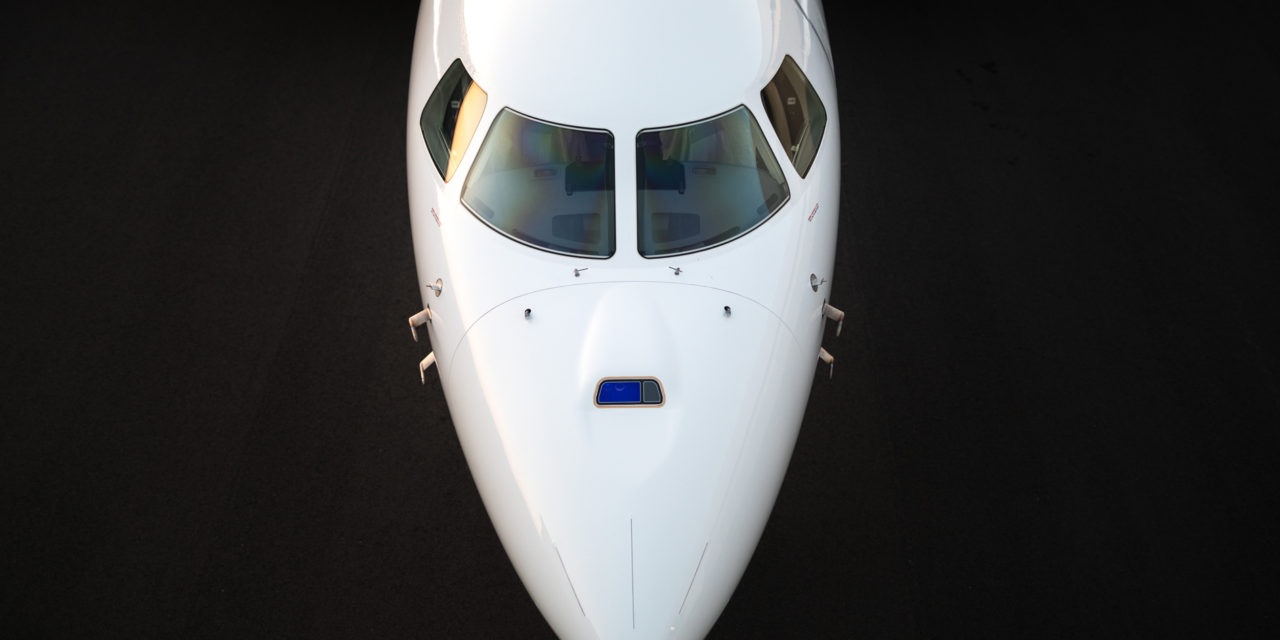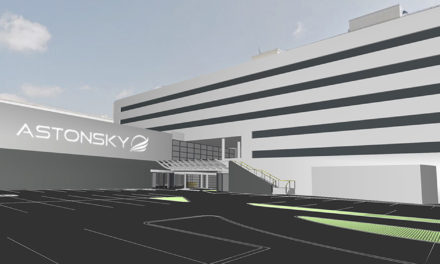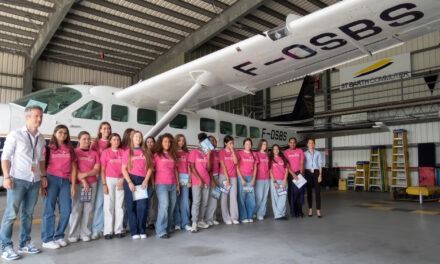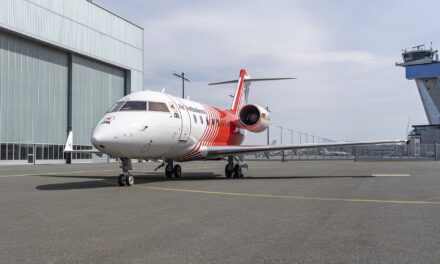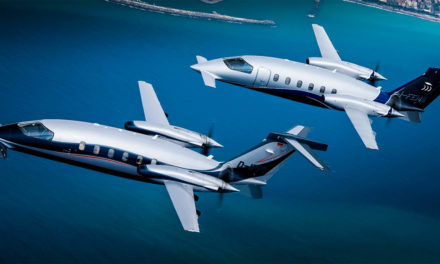Customers operating Dassault Aviation’s new Falcon 8X will soon receive operational credit allowing bad weather approaches to 100 foot minimum decision heights on aircraft equipped with Dassault’s FalconEye combined vision system.
The new capability recently completed a joint FAA/EASA certification campaign and will be introduced onto the market before the end of the year. It will permit pilots to make a precision approach at airfields without ground based navigation aids down to a decision height of 100 feet, greatly expanding the number of airports the aircraft can serve in bad weather conditions.
“With FalconEye we’ve not only developed an industry leading technology but provided a huge safety benefit to our operators,” said Eric Trappier, Chairman and CEO of Dassault Aviation. “With this coming certification, our customers will have even greater flexibility and access while at the same time benefiting from the enhanced situational awareness of the world’s most advanced combined vision system.”
The first head-up display to blend synthetic, database-driven terrain mapping and actual thermal and low-light camera images into a single view, FalconEye has been available since early 2017, providing an unprecedented level of situational awareness to flight crews in all conditions of operation day and night. The vast majority of Falcon 8X operators has opted to install a FalconEye HUD.
The new FalconEye combined vision system is just the latest of a string of new options and enhancements that have extended the mission capability of the Falcon 8X since the ultra-long range trijet entered service 18 months ago. Others include approval for flight in severe crosswind conditions and London City Airport operations, one of the world’s most restrictive airfields. Falcon Sphere II, an integrated electronic flight bag suite and new high-speed KA-band connectivity solutions were also recently introduced on the Falcon 8X.
Now in service in all major markets flying a wide number of missions, the 6,450 nm/11,945 km Falcon 8X has received a very positive market acceptance and is being lauded by operators around the world for its ultra-silent cabin — the quietest in business aviation — and its unmatched flying and traveling comfort. The 8X provides customers with increased range and cabin volume compared to the Falcon 7X from which it was derived, allowing it to comfortably fly ultra-long intercontinental routes from Asia to Europe in a single hop, and offers the best handling, fuel economy and short field capability of any large cabin business jet.
In 2020, the FalconEye combined vision system is expected to become certified for use in a dual head-up display format, which in addition to further improving crew situational awareness and coordination will provide “CVS to land” capability, allowing pilots to use the combined vision image instead of natural vision until touchdown when performing a precision approach.
Developed in partnership with Elbit Systems, FalconEye is equipped with a fourth-generation multi sensor camera that generates very high definition images close to those on a military FLIR. In synthetic vision system (SVS) mode, the camera displays a level of vision quality comparable to that of the most sophisticated fighter HUDs. Its 30 x 40 degree field of view, one of the widest angles on any HUD, ensures full coverage of the viewing area with no tunnel vision effects.

